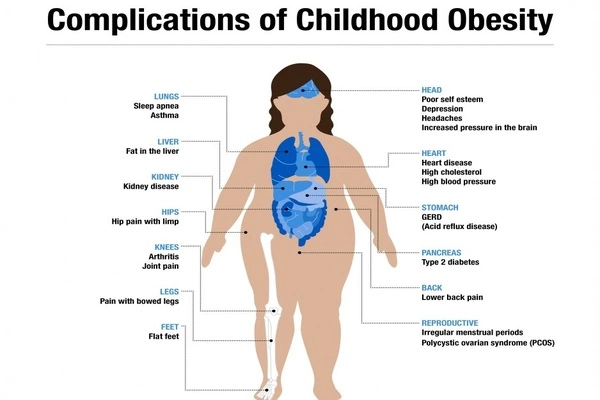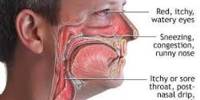Obesity in childhood is a serious medical condition that affects children and adolescents. It’s especially concerning because extra pounds frequently set children on the path to health problems that were once thought to be adult issues — diabetes, high blood pressure, and high cholesterol. Obesity in childhood can also lead to low self-esteem and depression.
Childhood obesity is a condition in which a child’s health or well-being is harmed by excess body fat. Because direct methods of determining body fat are difficult, BMI is frequently used to diagnose obesity. Obesity in children is being recognized as a serious public health concern due to its rising prevalence and numerous negative health consequences. The term ‘overweight’ rather than ‘obese’ is often used when discussing childhood obesity, as it is less stigmatizing, although the term ‘overweight’ can also refer to a different BMI category. The prevalence of childhood obesity is known to differ by sex and gender.
Not all children who carry extra pounds are obese. Some children have larger-than-average frame sizes. And at different stages of development, children typically carry varying amounts of body fat. As a result, you may not be able to tell if your child’s weight is a health concern based on how he or she appears. Improving your entire family’s eating and exercise habits is one of the most effective strategies for reducing childhood obesity. Childhood obesity treatment and prevention protects your child’s health now and in the future.

Childhood obesity can be caused by a variety of factors, many of which act in tandem. The medical term for this combination of elements is “obesogenic environment.” Obesity in both parents is the most significant risk factor for child obesity. This may be reflected by the family’s environment and genetics. Other reasons may also be due to psychological factors and the child’s body type.
The accepted measure of overweight and obesity is the body mass index (BMI), which provides a guideline of weight in relation to height. Your child’s doctor can use growth charts, the BMI, and, if necessary, other tests to determine whether your child’s weight poses a health risk. According to a 2010 review, childhood obesity is most likely the result of natural selection favoring those with more frugal energy metabolism and today’s consumerist society with easy access to energy dense cheap foods and lower energy requirements in daily life.
Factors include an increase in technology use, an increase in snacking and meal portion sizes, and a decrease in children’s physical activity. According to one study, children who use electronic devices for three or more hours per day have a 17-44 percent increased risk of being overweight or a 10-61 percent increased risk of being obese (Cespedes 2011).
Childhood obesity is common among low-income, African American, and Hispanic children. This is primarily due to minority children spending less time playing outside and staying active. One factor that contributes to childhood obesity is that parents would rather their children stay at home because they are afraid that gangs, drug violence, and other dangers will harm them.
















